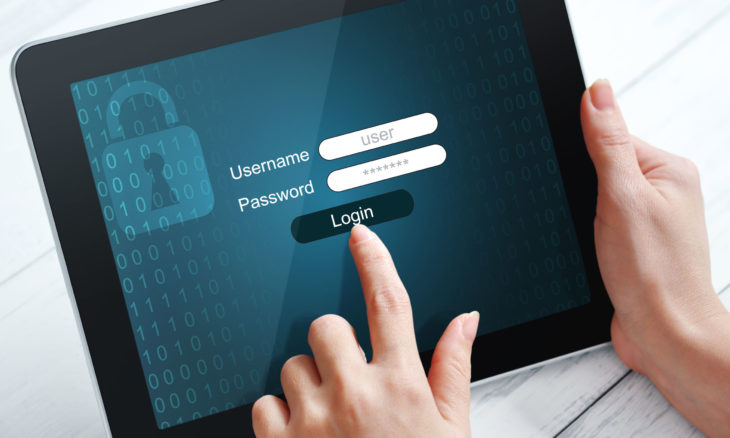The latest Gallup State of the American Workplace report reveals that the number of employees who spend upwards of 80% of their time working remotely is approaching 50%. In addition to more employees working remotely, in-house employees are spending more time working off-site, and these numbers are rising.
A report compiled by ShredIt, a global data protection firm, reveals that 96% of Americans believe that employee negligence causes data breaches. Also, the report shows that 90% of surveyed CEOs trust their remote employees with sensitive information. However, the same group reports that nearly 50% of employees have lost equipment containing confidential information.
Business leaders must protect data from becoming compromised to uphold brand image and avoid expensive penalties. Accordingly, companies must understand the latest cybersecurity best practices to safeguard sensitive consumer and propriety data.
The following seven tips are an excellent place to start for protecting data handled by remote teams.
1. Start With the Basics
Everyone talks about the latest cybersecurity best practices, and they’re essential. However, you must remember basic security practices as well. With all the attention given to emerging trends, people often forget the simple things.
Standard cybersecurity practices are as simple as making sure all remote workers use firewalls. Employees must also remain aware of their connection status when working on shared networks. These are easy steps for making sure that outsiders don’t gain unauthorized access to proprietary information.
2. Use Secure Connections
Many information technology professionals provide remote workers with secure access to corporate networks. Secure remote access is a good foundation for protecting data.
IT experts protect data by securing it with virtual private network (VPN) technology. Data security specialists also perform remote maintenance to ensure that remote workers’ software is up-to-date. Furthermore, they monitor company devices for malicious activity.
3. Embrace the Cloud
For many brick-and-mortar workers, using the cloud is the norm. Cloud resources give remote employees round-the-clock access to company data and programs.
Among executives, security is a major concern when using cloud services. However, it’s important to think about this realistically. Is it easier for a hacker to compromise a cloud service or a remote worker’s device?
4. Establish and Maintain Device Policies
Remote workers can unintentionally allow malware onto a network by opening malicious websites or emails. In a perfect world, you can issue a device to every remote worker and instruct them only to use it for company business. However, many enterprises are adopting a bring your own device (BYOD) policy to cut costs and make it easier for employees to work outside of the office.
The next best alternative is to make sure that workers perform routine maintenance, such as keeping software updated. It’s more effective, however, to set up employee devices for remote monitoring and maintenance. Also, employees who use their mobile phones for company business should enable data protection.
5. Classify Your Data
The first step in classifying data is to understand the sensitivity of your information and where you store it. Today’s enterprises will typically use a mix of storage resources such as the cloud, internal databases and file sharing utilities.
Next, IT personnel must decide how much protection various data resources require. This process provides two benefits. First, enterprises gain an understanding of where their data resides. Second, after you’ve classified your data, you can decide who has access to it and how they’re allowed to use it.
6. Assess Users’ Roles
Even with data controls in place, the human factor of data handling still creates a risk. Accordingly, IT teams must conduct regular audits to understand ongoing information security risks.
As an example, an executive with network administrator privileges is a greater risk than an employee with local user access, and finance personnel are high-value targets for hackers. By understanding the roles of different workers, IT specialists can implement user access privileges and greatly enhance network security.
7. Implement Data Loss Prevention
Data loss is something that many people don’t think about until it happens. An employee could accidentally send an internal email to the wrong address or misplace a device with sensitive information.
By implementing a data loss prevention (DLP) policy, IT specialists prevent data loss and maintain corporate governance standards. For instance, by limiting who has access to highly sensitive information, enterprises can reduce the likelihood of a data breach.
When managing remote teams, data protection is a matter of establishing and maintaining both digital and physical security practices. First, however, you must clearly understand what it is you’re trying to protect. As the workplace grows increasingly remote, managing cybersecurity on a mix of devices will become ever more important for protecting organizational data.





